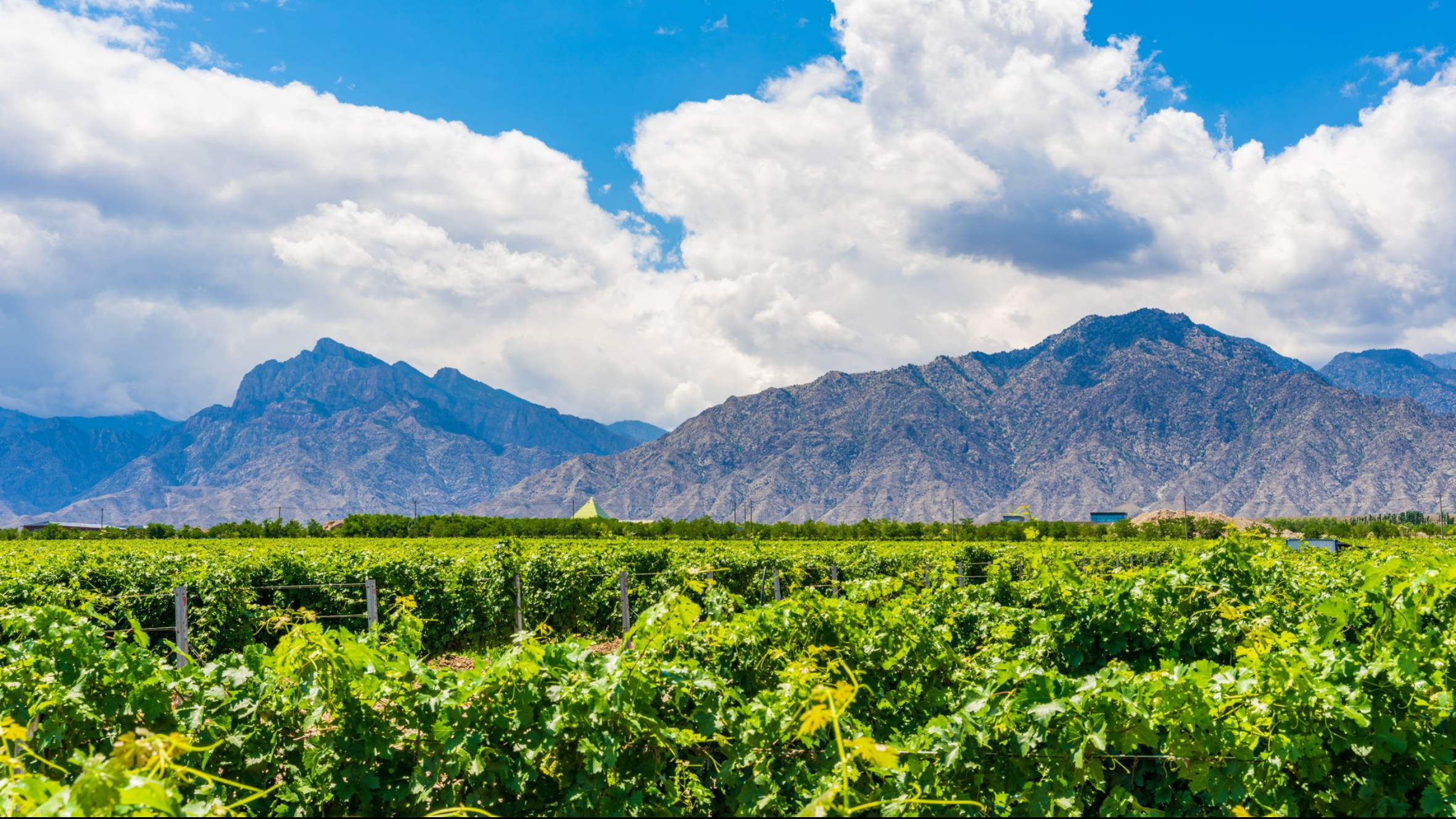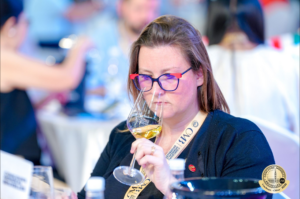Cheers to the world from China

From the 9th to the 12th of June, I was lucky enough to be part of the Concours Mondial de Bruxelles 32nd edition as a judge for a third time. Every year, this amazing wine competition is taking place in a different region. In 2025, it was in Yinchuan, the capital of the Ningxia Hui Autonomous Region, China. After hearing a lot about this famous wine area, after tasting some of their wines, after meeting some Ningxia winemakers earlier this year and following a Master Class with Xing Wei MW at Prowein, it was a wonderful opportunity to finally visit Ningxia. Let’s talk about it!
Ningxia is an arid region located at the foot of the Helan Mountains in the north-west of China. It is a mix of deserts; grasslands, flood plains and mountains and it is cut through by the Yellow River. If this area is unfamiliar to you, know that humans have lived in this place for at least 30,000 years; that there are incredible rock paintings dating back to the Neolithic period; that Genghis Khan conquered it in the 13th century (to the north, it’s the Inner Mongolia Autonomous Region of China); that it was in the 1930s that the Western Xia pyramid mausoleums were discovered by chance and that Islam is the main religion.
But what about wine? Since the 1980s, Ningxia Province has been a promise: an El Dorado for quality wine producers. The climate is certainly extreme with an altitude above 1000 meters. In summer, the temperatures are scorching and it’s windy, but irrigation is provided by the Yellow River (which is 200 km away!). In winter, it’s the opposite with up to – 30°C: the vines are buried for protection! Since the 2000s, the quality of Ningxia wines has steadily improved. Renowned Chinese producers like Changyu and Great Wall have seen the arrival of Western groups like Pernod Ricard and LVMH (Chandon). But we can also underline that boutique wineries have developed, such as Silver Heights Vineyard. Now, organic and biodynamic viticulture is the new trend.
There are about 200 wineries in Helan Mountain Eastern Foothills that grow mainly  Cabernet Sauvignon but also Merlot, Carménère (known as Carbernet Gernischt), Marselan, Syrah… And some white grape varieties like Welschriesling, Chardonnay and Viognier. The red wines are dry and are vinified “Bordeaux style”. The results? Powerful, full-bodied red wines with oak and fruits and for the dry white wines: light and dry with good acidity. The purple miracle is coming to us, lets embrace this new wine region.
Cabernet Sauvignon but also Merlot, Carménère (known as Carbernet Gernischt), Marselan, Syrah… And some white grape varieties like Welschriesling, Chardonnay and Viognier. The red wines are dry and are vinified “Bordeaux style”. The results? Powerful, full-bodied red wines with oak and fruits and for the dry white wines: light and dry with good acidity. The purple miracle is coming to us, lets embrace this new wine region.
Thank you again to the CMB for this amazing journey in China. Xiè xie.
